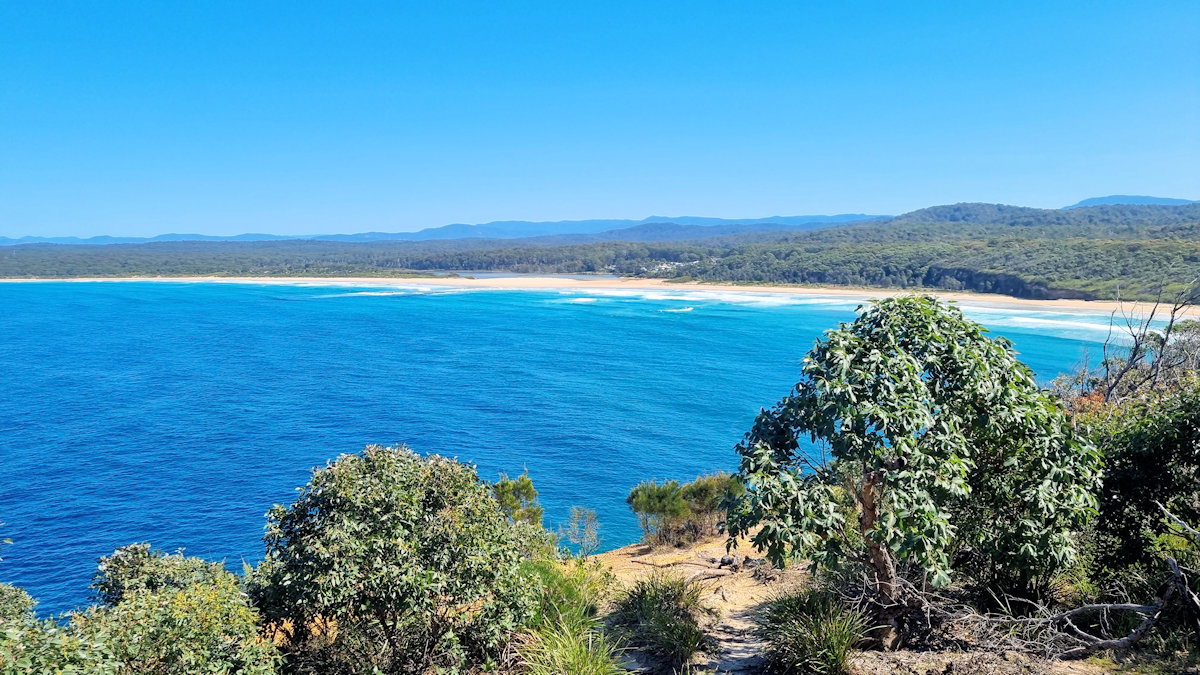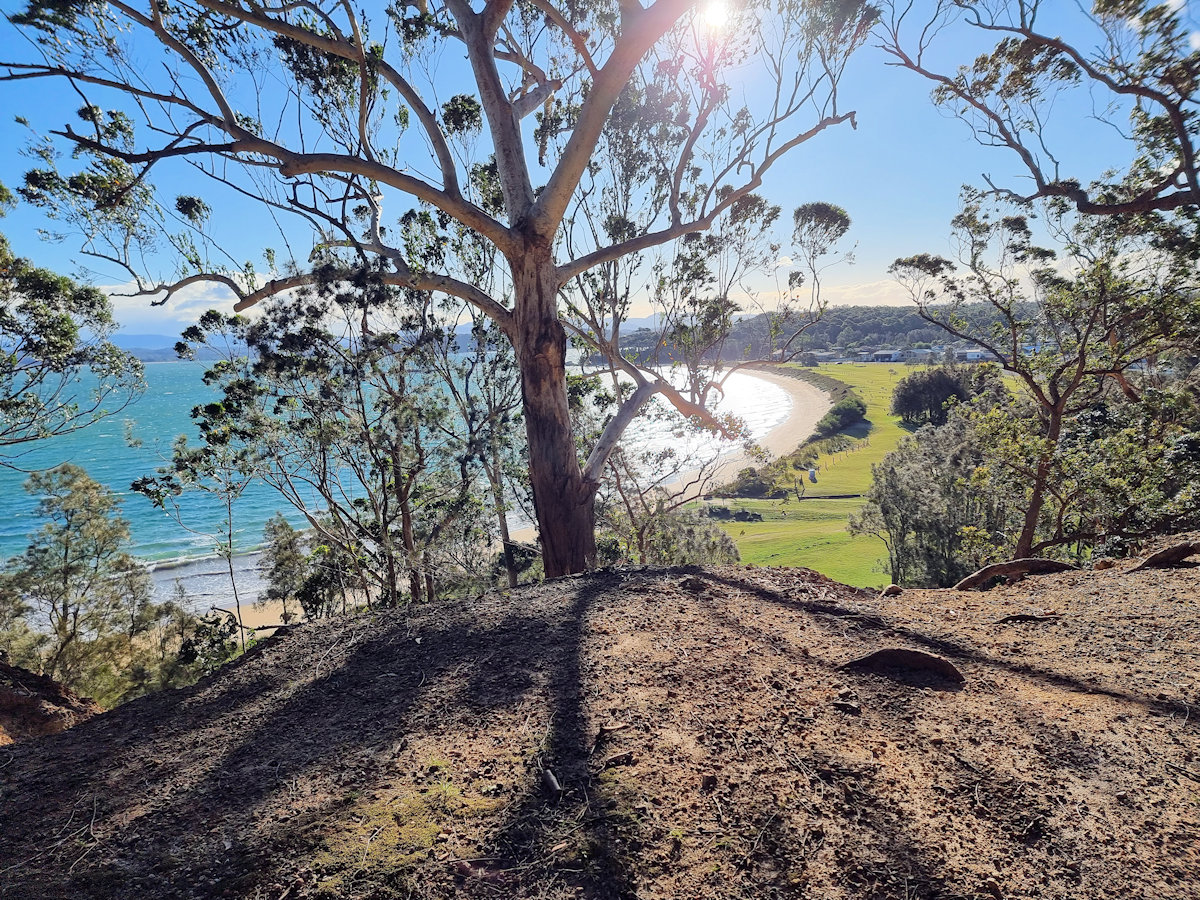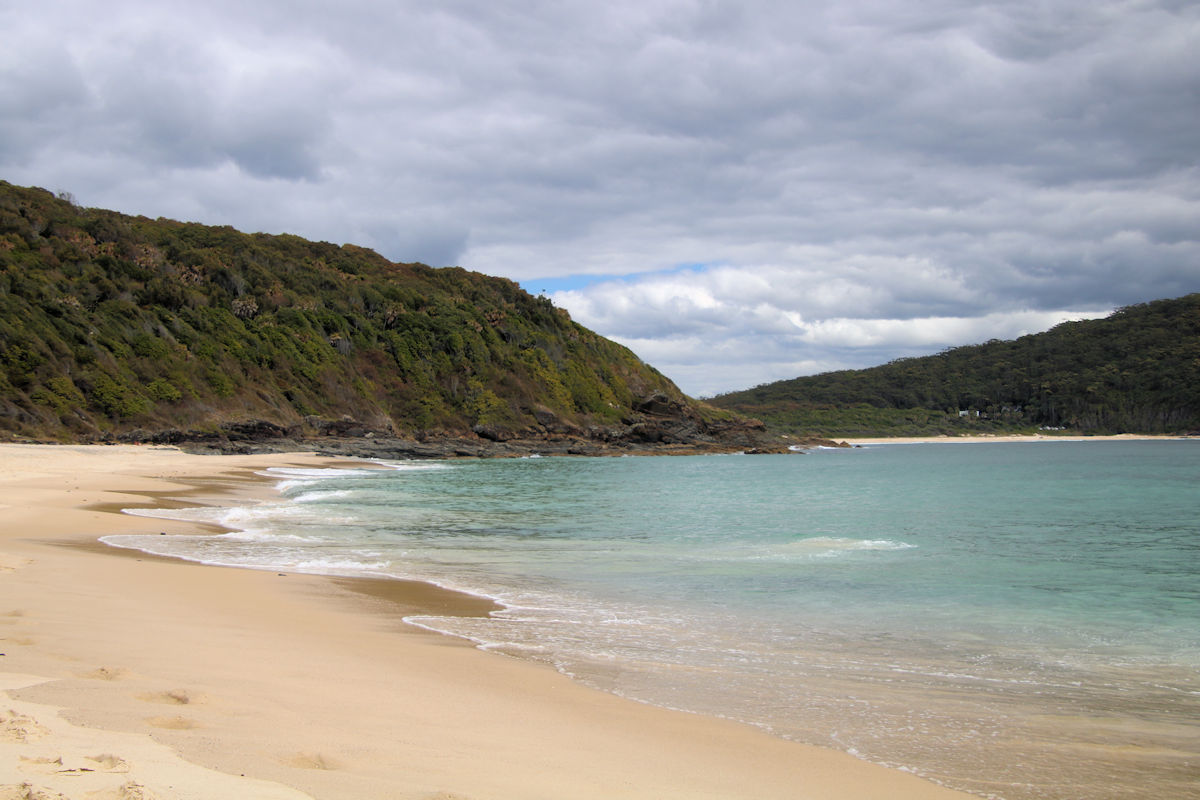Category: National Park
-
Burrawang Walking Track

Burrawang Walking Track Starting at Depot Beach, the Burrawang Walking Track takes you through spotted gum and cycad forest to Upright Point with views towards North Durras Beach. Access is easy, with parking at the trail head on Carr Street in Depot Beach. As this is part of Murramarang National Park, no dogs are allowed.… Read more
-
Acheron Ledge Walking Track

Acheron Ledge Walking Track Located in Murramarang National Park on the New South Wales south coast, the Acheron Ledge Walking Track is a 1.5km round trip through spotted gum forest with beautiful views over the ocean. Getting There There are several ways to start this walk, depending on how much you want to do. The… Read more
-
Shelly Beach Booti Booti National Park

Shelly Beach Booti Booti National Park Located in the Booti Booti National Park New South Wales, Shelly Beach is a beautiful sandy beach accessed via a 650m walk from Boomerang Crescent. After parking on Boomerang Crescent, we walked 10 minutes to the beach along the well maintained bush track. This takes you through coastal rain… Read more